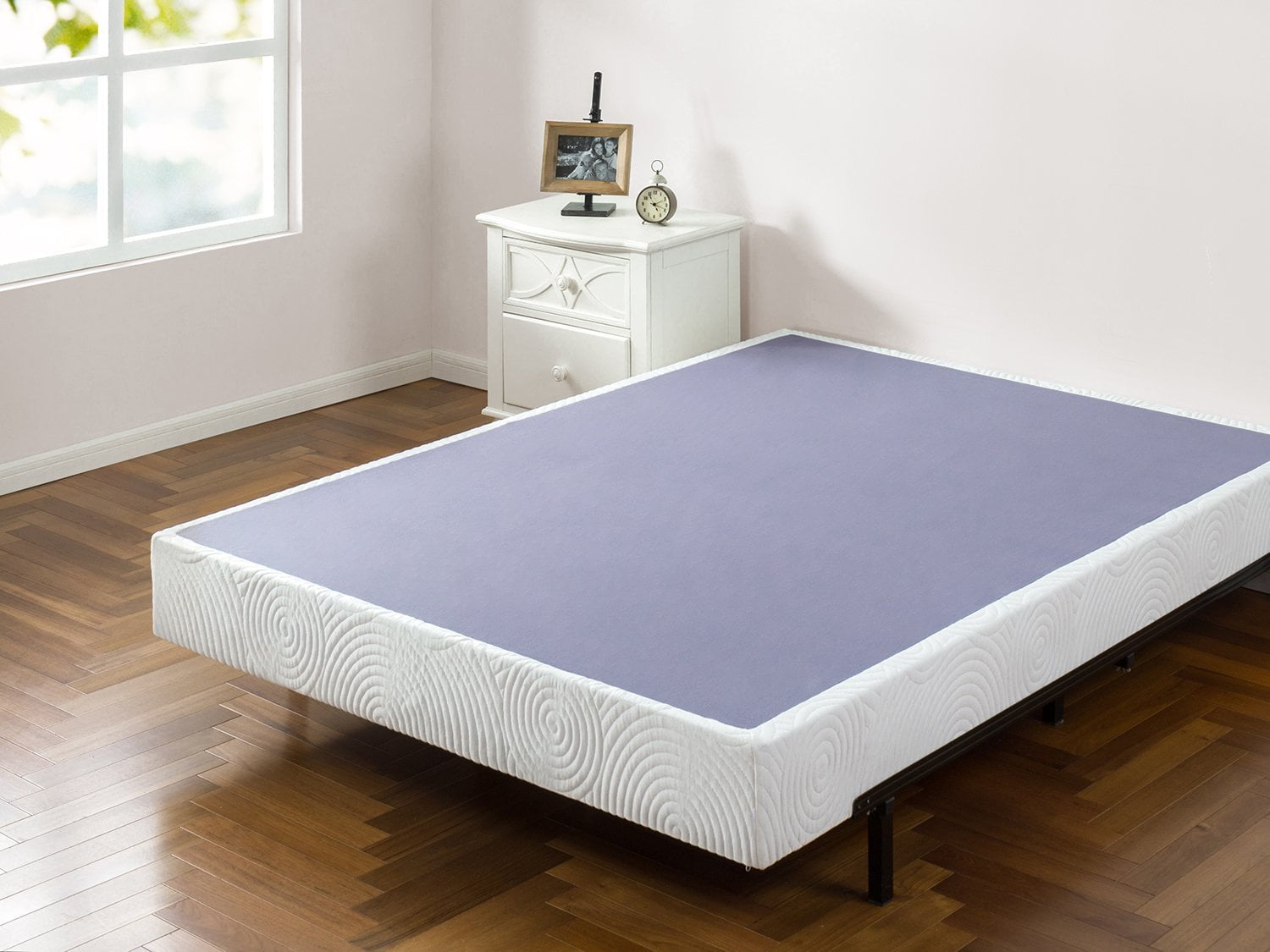Neutral Living Room Wall Colors
When it comes to deciding on the color for your living room walls, one of the biggest considerations is whether to go with a neutral color or a bold and vibrant one. Neutral colors have long been a popular choice for living room walls, as they provide a versatile and timeless backdrop for any decor style. Let's explore the benefits and drawbacks of using neutral colors for your living room walls and some tips for incorporating them into your space.
Colorful Living Room Wall Ideas
If you're someone who loves to embrace color and wants to make a statement with your living room walls, then choosing a bold and vibrant color is the way to go. This can add personality and energy to your space, creating a visual focal point. You can opt for a single accent wall or go all out and paint all your walls in a bright hue. Just remember to balance out the color with other elements in the room, such as neutral furniture and accessories, to avoid overwhelming the space.
Choosing the Right Wall Color for Your Living Room
When it comes to choosing between neutral and colorful living room walls, the decision ultimately depends on your personal style and the overall aesthetic you want to achieve in your space. Neutral colors like white, beige, and gray are considered timeless and versatile, making them a safe choice for those who prefer a more classic look. On the other hand, bold colors like red, blue, and green can add personality and a sense of drama to your living room walls.
Neutral vs. Bold: Which Wall Color is Best for Your Living Room?
So, which wall color is the best for your living room? The answer is both! It all comes down to finding the right balance. If you have neutral-colored furniture and decor, then adding a pop of color on the walls can liven up the space. On the other hand, if you have colorful furniture and accessories, then neutral walls can provide a calming and cohesive backdrop. It's all about finding the right balance and creating a cohesive look in your living room.
How to Incorporate Color into Your Living Room Walls
If you've decided to go with a neutral wall color but still want to add some color to your living room, there are various ways to do so. You can opt for colorful artwork, throw pillows, or a statement rug to add pops of color to the space. You can also incorporate color through your furniture choices, such as a colorful couch or accent chairs. This allows you to change up the color scheme in your living room without having to repaint the walls.
Neutral Living Room Wall Paint Options
When choosing a neutral color for your living room walls, it's essential to consider the undertones. These undertones can range from warm to cool, and they can greatly impact the overall look and feel of your space. For instance, a warm beige with yellow undertones can make a room feel cozy and inviting, while a cool gray with blue undertones can create a more modern and sleek aesthetic. Consider the mood and atmosphere you want to create in your living room when selecting a neutral wall color.
Creating a Color Scheme for Your Living Room Walls
When incorporating color into your living room walls, it's crucial to have a well-thought-out color scheme. This means choosing complementary colors that work well together and create a cohesive look. You can use a color wheel to help you select colors that go well together, or you can opt for a monochromatic color scheme by using different shades of the same color. A well-planned color scheme can make a big impact on the overall aesthetic of your living room.
Pros and Cons of Neutral Living Room Walls
Like any design choice, there are pros and cons to using neutral colors for your living room walls. Some of the advantages of neutral walls include their versatility, timelessness, and ability to create a calming atmosphere. They also provide a great backdrop for furniture and decor, allowing you to change up the look of your living room easily. However, some may find neutral walls to be dull or lacking personality. They can also make a space feel too cold or sterile if not balanced with other elements.
Adding Pops of Color to Your Neutral Living Room Walls
If you've chosen to go with neutral living room walls, you may be wondering how to add some color to your space. One of the easiest ways to do this is by incorporating colorful accent pieces, such as throw pillows, curtains, or artwork. You can also add natural elements like plants or flowers to add a pop of color and bring life into the room. Another option is to choose furniture with bold and vibrant colors to make a statement against the neutral walls.
Color Psychology: Choosing the Right Wall Color for Your Living Room
When deciding on a wall color for your living room, it's essential to consider color psychology. Different colors can evoke different emotions and moods, which can greatly impact the atmosphere of your space. For instance, warm colors like red and orange can create a cozy and inviting feel, while cool colors like blue and green can make a room feel more serene and tranquil. Consider the mood you want to create in your living room and choose a wall color that aligns with that.
In conclusion, whether you choose neutral or colorful living room walls, it's essential to consider your personal style and the overall aesthetic you want to achieve. With the right balance and color scheme, both options can create a beautiful and inviting living room that reflects your unique taste and personality. Remember to have fun and experiment with different color combinations to find the perfect wall color for your living room.
The Power of Color in Home Design

Why a Neutral Living Room Wall May Not Be the Best Choice
 Choosing the color scheme for your living room walls is one of the most important decisions you will make when it comes to interior design. The walls serve as the backdrop for your entire living space and have the ability to set the mood and atmosphere of the room. While many homeowners opt for neutral colors, such as beige, white, or gray, it's important to consider the impact that color can have on your living room.
Color is a powerful tool in interior design
and has the ability to evoke emotions and create a sense of harmony in a space. Each color has its own unique meaning and can affect the overall feel of a room. For example, blue is known for its calming properties, while red is associated with energy and passion. By strategically incorporating
color
into your living room walls, you can create a space that reflects your personality and enhances your overall well-being.
Neutral colors may seem like a safe choice
for living room walls, as they are easy to match and can provide a clean, modern look. However, they can also create a sense of blandness and lack of personality in a room.
Neutral walls can also make it difficult to add pops of color
through furniture and decor, as they may clash or blend in too much. This can result in a dull and uninviting living space.
On the other hand, choosing a
bold color for your living room walls
can add character and interest to the room. For instance, a rich and warm shade of orange can create a cozy and inviting atmosphere, while a cool shade of green can bring a sense of freshness and nature into the space. Using
color psychology
, you can select a hue that aligns with the purpose and function of your living room. For example, a vibrant yellow can promote creativity and stimulate conversation in a space that serves as a home office or gathering area for family and friends.
In addition to adding personality and mood to a room,
color can also affect the perceived size and shape of a space
. Darker colors can make a room feel more intimate and cozy, whereas lighter colors can make it appear more spacious and airy. By carefully selecting the color for your living room walls, you can manipulate the visual perception of size and create a desired effect.
In conclusion, while neutral living room walls may seem like a safe and easy choice,
color has the power to transform a space and enhance your overall living experience
. Don't be afraid to step outside of the neutral zone and embrace the beauty and impact of color in your home design. From bold and bright to soft and subtle, the possibilities are endless. So go ahead,
color your living room walls with confidence
and watch your space come to life.
Choosing the color scheme for your living room walls is one of the most important decisions you will make when it comes to interior design. The walls serve as the backdrop for your entire living space and have the ability to set the mood and atmosphere of the room. While many homeowners opt for neutral colors, such as beige, white, or gray, it's important to consider the impact that color can have on your living room.
Color is a powerful tool in interior design
and has the ability to evoke emotions and create a sense of harmony in a space. Each color has its own unique meaning and can affect the overall feel of a room. For example, blue is known for its calming properties, while red is associated with energy and passion. By strategically incorporating
color
into your living room walls, you can create a space that reflects your personality and enhances your overall well-being.
Neutral colors may seem like a safe choice
for living room walls, as they are easy to match and can provide a clean, modern look. However, they can also create a sense of blandness and lack of personality in a room.
Neutral walls can also make it difficult to add pops of color
through furniture and decor, as they may clash or blend in too much. This can result in a dull and uninviting living space.
On the other hand, choosing a
bold color for your living room walls
can add character and interest to the room. For instance, a rich and warm shade of orange can create a cozy and inviting atmosphere, while a cool shade of green can bring a sense of freshness and nature into the space. Using
color psychology
, you can select a hue that aligns with the purpose and function of your living room. For example, a vibrant yellow can promote creativity and stimulate conversation in a space that serves as a home office or gathering area for family and friends.
In addition to adding personality and mood to a room,
color can also affect the perceived size and shape of a space
. Darker colors can make a room feel more intimate and cozy, whereas lighter colors can make it appear more spacious and airy. By carefully selecting the color for your living room walls, you can manipulate the visual perception of size and create a desired effect.
In conclusion, while neutral living room walls may seem like a safe and easy choice,
color has the power to transform a space and enhance your overall living experience
. Don't be afraid to step outside of the neutral zone and embrace the beauty and impact of color in your home design. From bold and bright to soft and subtle, the possibilities are endless. So go ahead,
color your living room walls with confidence
and watch your space come to life.




/Neutrallivingroom-GettyImages-568518365-5a6260a87d4be80036ac6b0c.jpg)


/scandinavian-living-room--19-10--949108480-5c60947746e0fb00017dd27d.jpg)







:max_bytes(150000):strip_icc()/Living-room-with-colorful-accents-58be031a5f9b58af5c5b7a3b.png)


:max_bytes(150000):strip_icc()/Bright-and-Cheerful-Living-Room-58be0a0c5f9b58af5c6d5276.png)

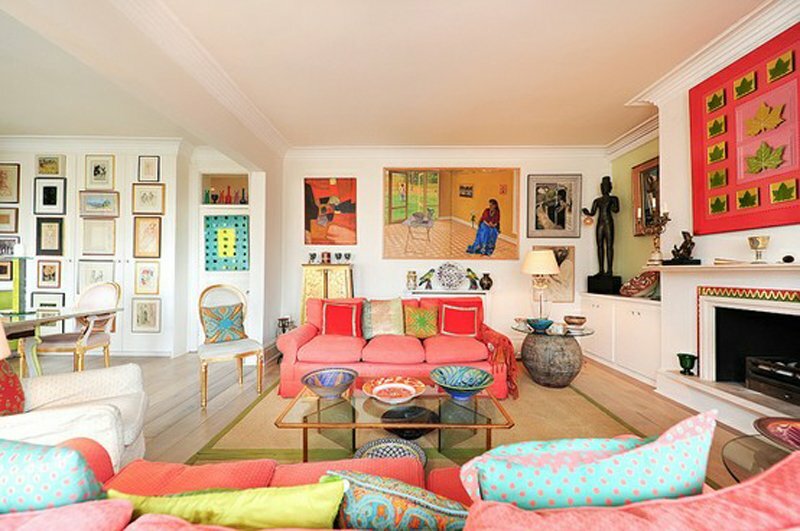
:max_bytes(150000):strip_icc()/fin-29-moody-living-room-5a6907a86bf06900197e80ce.jpg)








:max_bytes(150000):strip_icc()/showcase-home-interior-looks-inviting--487916813-5accd093fa6bcc00361bb970.jpg)























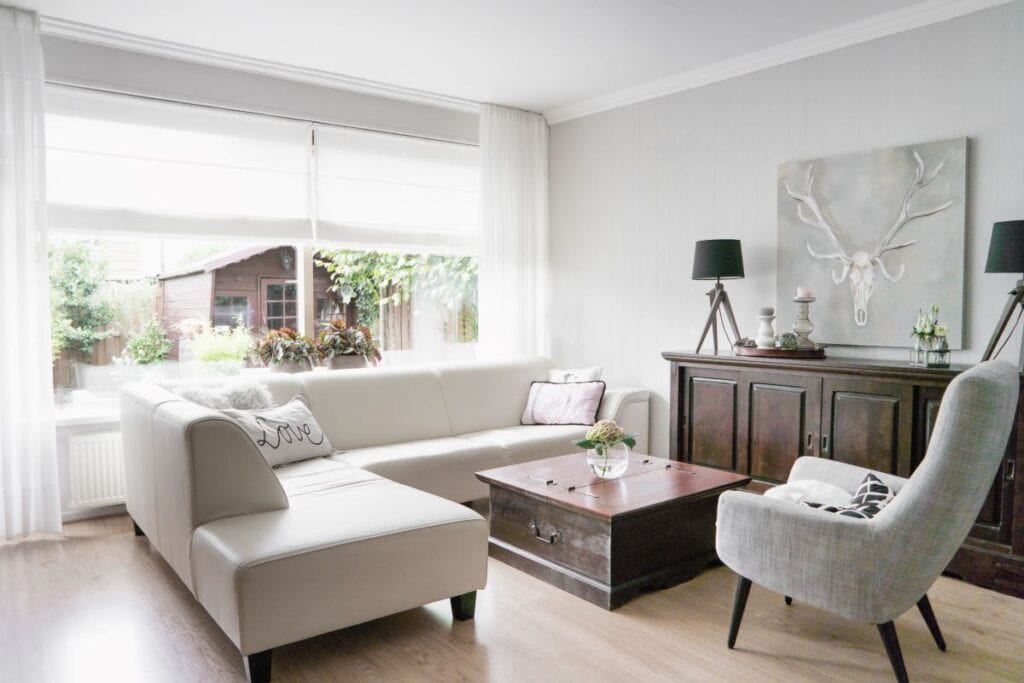

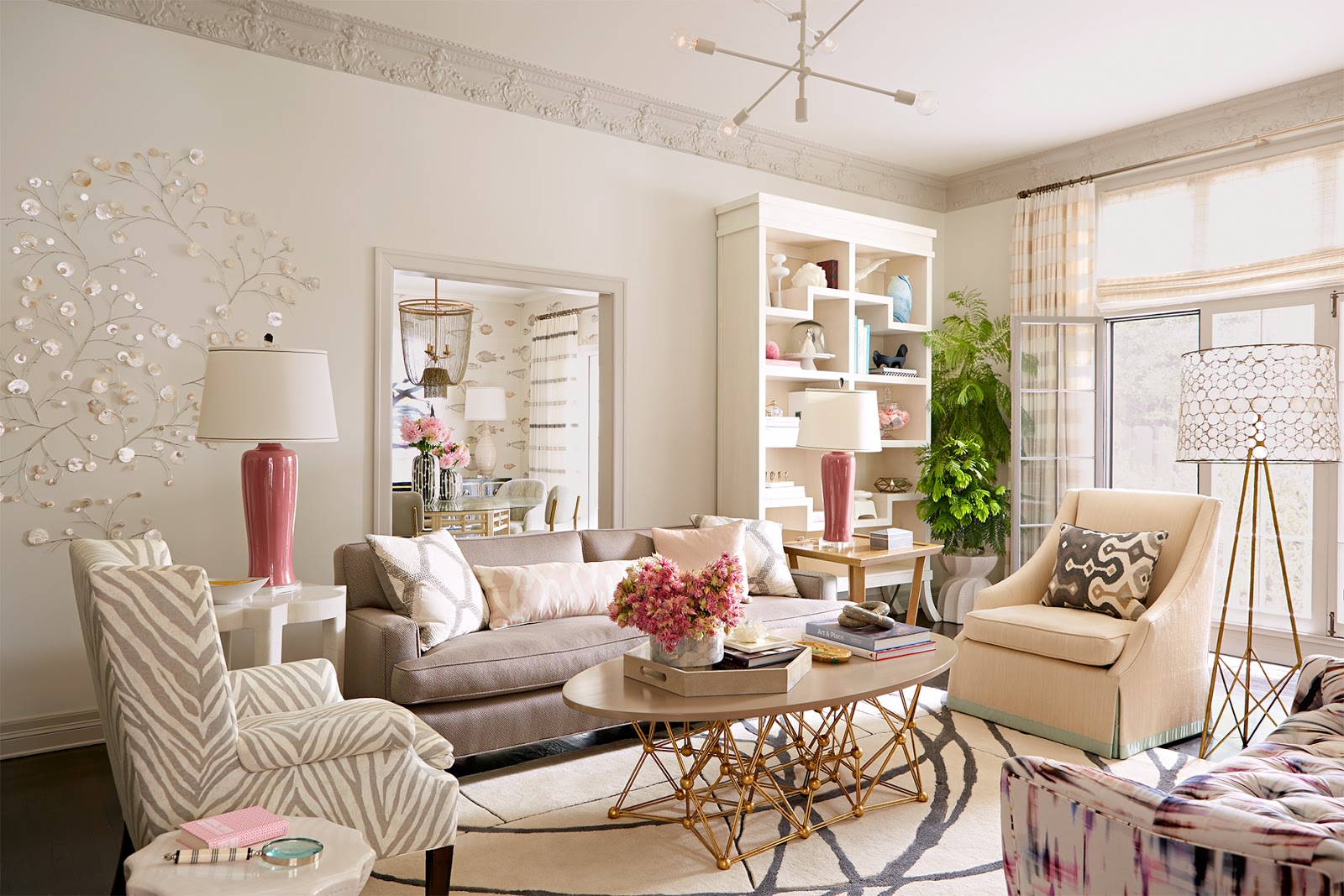




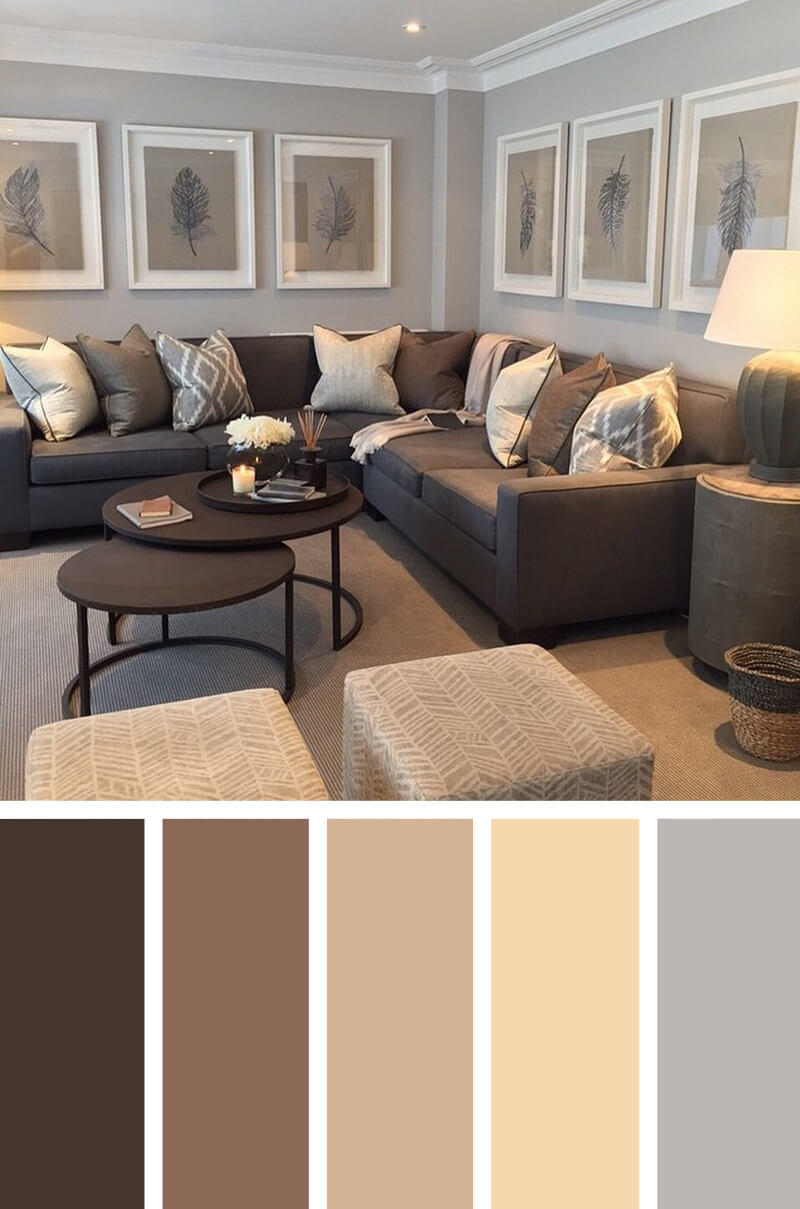


/169789002-58a723d63df78c345b930ec6.jpg)











:max_bytes(150000):strip_icc()/Comfy-Neutral-Living-Room-581bd7a53df78cc2e8ac3da6.jpg)
/Lee-Edwards-Getty-Images-56a5ae653df78cf7728968ec.jpg)

















:max_bytes(150000):strip_icc()/fin-21-black-farmhouse-living-room-5a62750c494ec90037e5f9cb.jpg)

